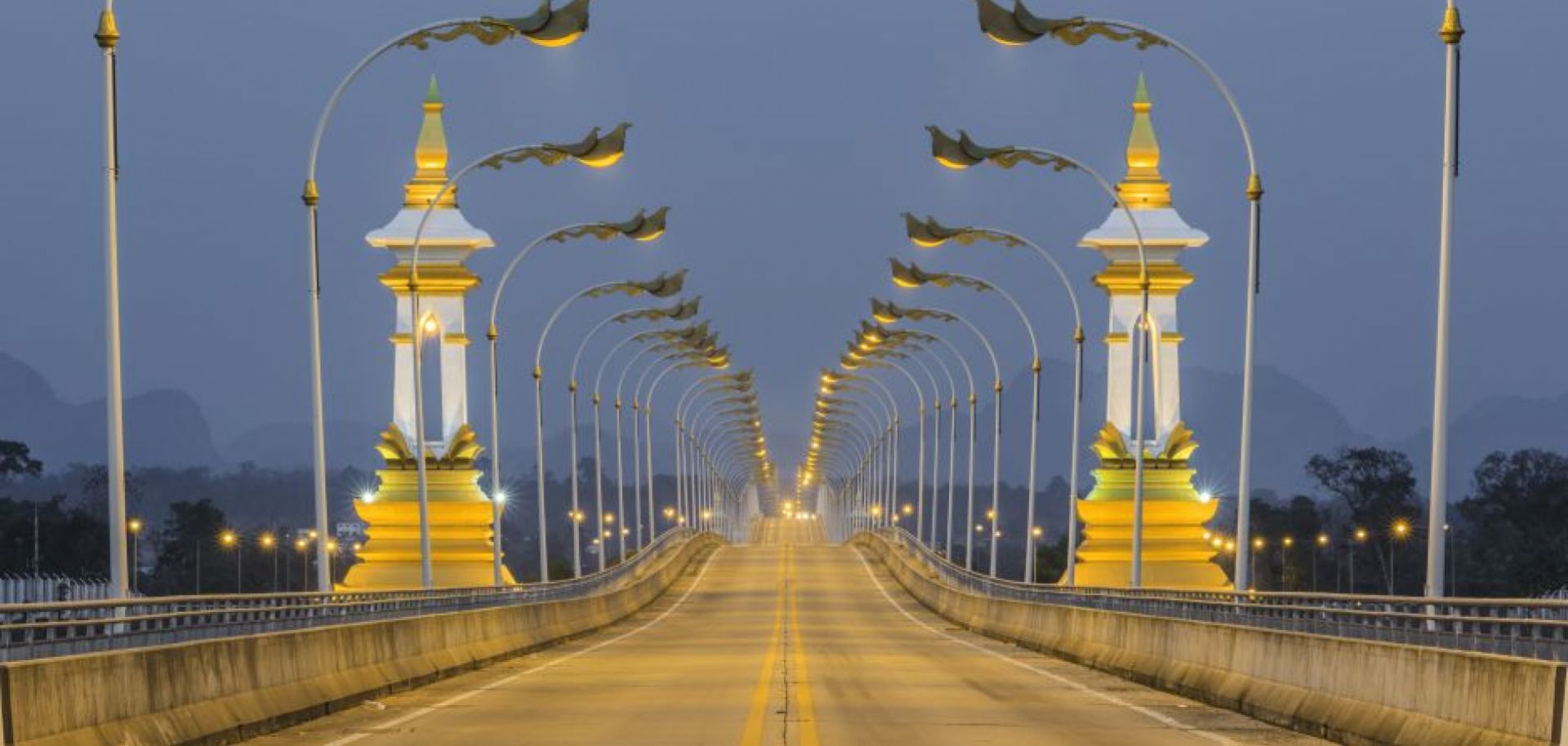Southeast Asia is the pivot of China's sprawling 65-nation Belt and Road Initiative. The region's growing markets, numerous manufacturing hubs and abundant natural resources offer Beijing a wealth of economic opportunities. But its greater value to China is rooted in geopolitics. As the country's economy has exploded in recent decades, it has come to rely on external trade routes. Today, one of Beijing's top priorities is protecting these routes from foreign interdiction, especially in the South China Sea and Strait of Malacca. The chief goal behind China's Belt and Road Initiative is twofold: To establish secure sea routes from its coast to the Mediterranean Sea and to create alternative supply routes overland to ensure its continued access to foreign markets in the event of a maritime cutoff. Southeast Asia serves each of these ends.
China's success in achieving its objectives in Southeast Asia, however, will depend in large part on the...

